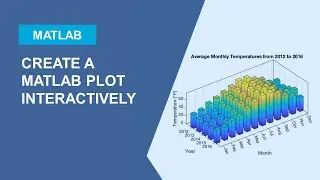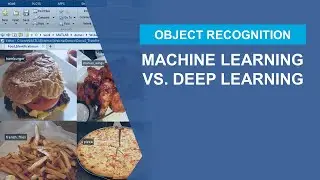Signal Processing with MATLAB and Simulink
Join us live as Akash and Adam talk about how MATLAB and Simulink can be used for signal processing. In this stream we will show you how to create your own smart speaker in Simulink! We will touch upon concepts in filter design, signal analysis, audio processing, machine learning and much more.
Learn more about:
Signal Processing: https://bit.ly/3LTNZJ3
DSP System Toolbox: https://bit.ly/3ftlt4S
Modeling a Smart Speaker in Simulink: https://bit.ly/3XNQXGr
About the Presenters:
Akash Gopisetty is a Senior Product Marketing Manager at MathWorks, where he works with customers, product, and sales teams to advocate the use of Simulink in signal processing applications. He holds a Master of Science degree in Electrical and Computer Engineering from Carnegie Mellon University (Go Tartans!). Prior to this role, he worked in academia promoting STEM education at the pre-university level in schools across the world. When not at work, Akash enjoys making ice cream, playing tennis and hiking.
Adam Cook is an Applications Engineering Manager at The Mathworks. He manages a team of application engineers focused on Signal Processing, Image Processing, and AI applications. Prior to working at MathWorks, Adam worked as a DSP algorithm developer and design engineer developing professional audio products.
Adam has a B.S. in Electrical and Computer Engineering from the University of Rochester.
Signal processing engineers use MATLAB® and Simulink® at all stages of development—from analyzing signals and exploring algorithms to evaluating design implementation tradeoffs for building real-time signal processing systems.
MATLAB and Simulink offer:
Built-in functions and apps for analysis and preprocessing of time-series data, spectral and time-frequency analysis, and signal measurements
Apps and algorithms to design, analyze, and implement digital filters (FIR and IIR) from basic FIR and IIR filters to adaptive, multirate, and multistage designs
An environment to model and simulate signal processing systems with a combination of programs and block diagrams
Capabilities to model fixed-point behavior and automatically generate C/C++ or HDL code for deploying on embedded processors, FPGAs, and ASICs
Tools for developing predictive models on signals and sensor data using machine learning and deep learning workflows



















